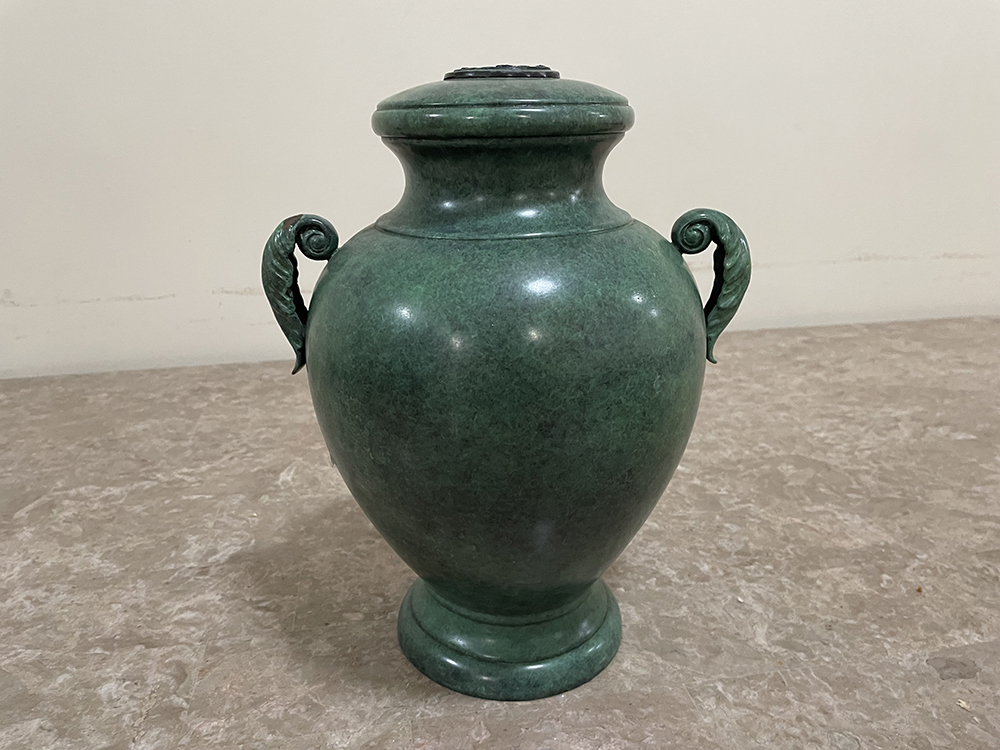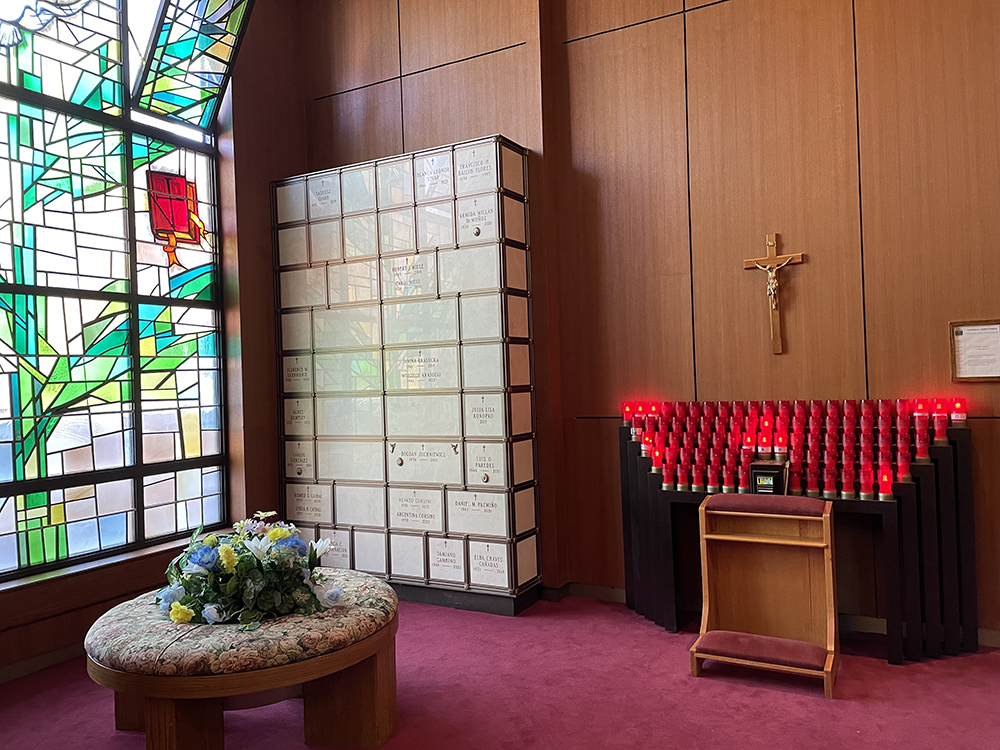
MIDDLE VILLAGE — Death, and burial, are lively topics of conversation in the Catholic Church these days.
With increasing numbers of people opting for cremation over the more traditional full-body burial, the Dicastery for the Doctrine of the Faith, the department within the Vatican responsible for defending Catholic teaching, clarified the Church’s position on cremation.
The Church has permitted cremation since 1963, but there is still a great deal of confusion about the do’s and don’ts of the practice.
In December, the dicastery issued a paper to shed light on the proper way to preserve a deceased person’s cremains — the formal term for ashes — with respect and dignity. The paper was in response to questions posed by Cardinal Matteo Maria Zuppi of Bologna, Italy.
For example, the dicastery said that the Church permits Catholics to obtain what it called a “minimal” portion of the deceased person’s cremains to keep at home in an urn.
However, there is a caveat: According to Cardinal Victor Manuel Fernandez, prefect for the dicastery, the Church still prefers that the cremains of a deceased person be buried in a “sacred place,” such as a Catholic cemetery.
Cardinal Fernandez wrote the response to Cardinal Zuppi’s questions on cremation.
Secondly, a family should request permission from an “ecclesiastical authority” to take a small portion of the cremains to keep in a place that was special to the deceased person, the dicastery paper states.
But that permission should be granted only under certain circumstances.
”In addition, the ecclesiastical authority, in compliance with current civil norms, may consider and evaluate a request by a family to preserve in an appropriate way a minimal part of the ashes of their relative in a place of significance for the history of the deceased person, provided that every type of pantheistic, naturalistic, or nihilistic misunderstanding is ruled out and also provided that the ashes of the deceased are kept in a sacred place,” Cardinal Fernandez wrote.
If such a request is granted, the urn must be kept in a respectful environment such as a stand-alone table with a candle, a prayer card, and a photo of the person.
In other words, it is not advisable to put the urn on a crowded bookshelf or on a cluttered desk.
Also, opening the urn and scattering the cremains is a no-no. The Church frowns on the practice of scattering a loved one’s cremains in a public park, or off a bridge.
“When you do that, it loses the identity of the individual,” explained Msgr. Michael J. Reid, CEO and spiritual moderator for Catholic cemeteries owned and operated by the Diocese of Brooklyn.
“Every person was created in God’s image and deserves to be treated with dignity, in life and in death,” he added.
In December, the dicastery also clarified another question many Catholics — particularly married couples — have about cremation.
The Church does permit the cremains of two people, like a husband and wife, to be kept in the same urn, so long as the urn has a plaque clearly identifying each person to ensure that both people will be remembered in prayers.

The dicastery issued its response to Cardinal Zuppi at a time when cremation is becoming increasingly popular among Catholics.
According to the National Funeral Directors Association, 50% of all Americans who passed away in 2020 were cremated and the organization predicts that by 2040, that number will climb to 80%.
In the diocese, approximately 23% of people choose to be cremated, Msgr. Reid said.
For John Heyer, a licensed funeral director and owner of Scotto and Heyer Funeral Directors, the figure is even higher. In 2023, 45% of all of the funerals he arranged involved cremation.
Still, Msgr. Reid explained that while the Catholic Church permits cremation, it “strongly prefers” the tradition of a wake in which the full body of the deceased is in a casket, followed by Mass of Christian burial, and interment in a cemetery.
And in cases where cremation is the family’s choice, the Church prefers that the cremation be done after the Mass of Christian burial, not before. “The Church wants the full body of the person at the Mass,” Msgr. Reid said.
Msgr. Reid gave The Tablet a tour of St. John Cemetery in Middle Village that included stops at an outdoor columbarium and a mausoleum with special rooms set up for cremains, including one room where the urns are respectfully kept behind glass.
There are a number of reasons families opt for cremation over traditional full-bodied burial, including cost, Heyer said.
The average price of a cemetery plot in Brooklyn is $10,000, and even if the family already has a plot, it costs an average of $2,000 to open the plot to bury the person. Add in the cost of a wake and it leads many families to shy away from tradition.
“Whereas when you have a cremation, the crematory charges about $500. So there is a big price difference,” Heyer explained.
Heyer quickly added, however, that he always informs Catholic families when they’re making funeral arrangements for a loved one that the Church has a strong preference for traditional full-bodied burials.
Some people opt for cremation out of belief that cemeteries are running out of room and that there is no place to bury their loved one.
Heyer sought to dispel that notion. “There are a number of cemetery plots in the tri-state area. So it is definitely a misnomer that there’s not enough room,” he explained. ”There’s more than enough room.”
Families need to keep in mind that whether you’re talking about remains or cremains, the idea is to provide a storage place that is reverent and, most importantly, permanent, Heyer said.
And that involves a cemetery or a columbarium, not a private home.
